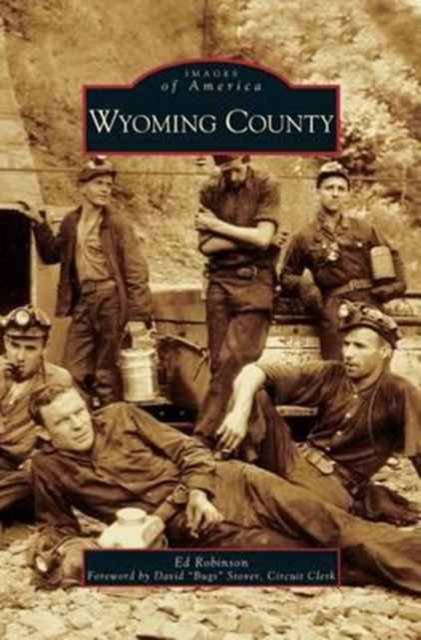
- Afhalen na 1 uur in een winkel met voorraad
- Gratis thuislevering in België vanaf € 30
- Ruim aanbod met 7 miljoen producten
- Afhalen na 1 uur in een winkel met voorraad
- Gratis thuislevering in België vanaf € 30
- Ruim aanbod met 7 miljoen producten
Zoeken
Omschrijving
Because of its rich coal heritage and breathtaking scenery, many regard Wyoming County as the hidden gem of southern West Virginia. The county's vibrant history began with Native Americans, whom many believe left behind the petroglyphs that attract national attention, and continued to its early residents, who farmed and flourished in the logging industry. In 1906, when the Deepwater Railroad (later the Virginian) came to the town of Mullens, Wyoming County's role as a provider of the nation's natural resources was strengthened. By the 1920s, the county was one of West Virginia's foremost coal-producing counties; it maintains that position today. In addition to its integral part in resource exportation, Wyoming County is legendary for its sports scene. Such great players and coaches as Curt Warner, star running back of Penn State and the Seattle Seahawks; Mike D'Antonio, head coach of the Phoenix Suns; and Joe Pendry, assistant coach of the Houston Texans, got their start in Wyoming County. In recent years, this area has been best known for its recreational opportunities. Twin Falls State Park and R. D. Bailey Lake attract thousands of tourists annually, and the Coal Heritage Trail gives residents and visitors alike a chance to see how coal influenced the growth of the region.
Specificaties
Betrokkenen
- Auteur(s):
- Uitgeverij:
Inhoud
- Aantal bladzijden:
- 130
- Taal:
- Engels
Eigenschappen
- Productcode (EAN):
- 9781531625238
- Verschijningsdatum:
- 14/09/2005
- Uitvoering:
- Hardcover
- Formaat:
- Genaaid
- Afmetingen:
- 170 mm x 244 mm
- Gewicht:
- 412 g

Alleen bij Standaard Boekhandel
+ 88 punten op je klantenkaart van Standaard Boekhandel
Beoordelingen
We publiceren alleen reviews die voldoen aan de voorwaarden voor reviews. Bekijk onze voorwaarden voor reviews.








